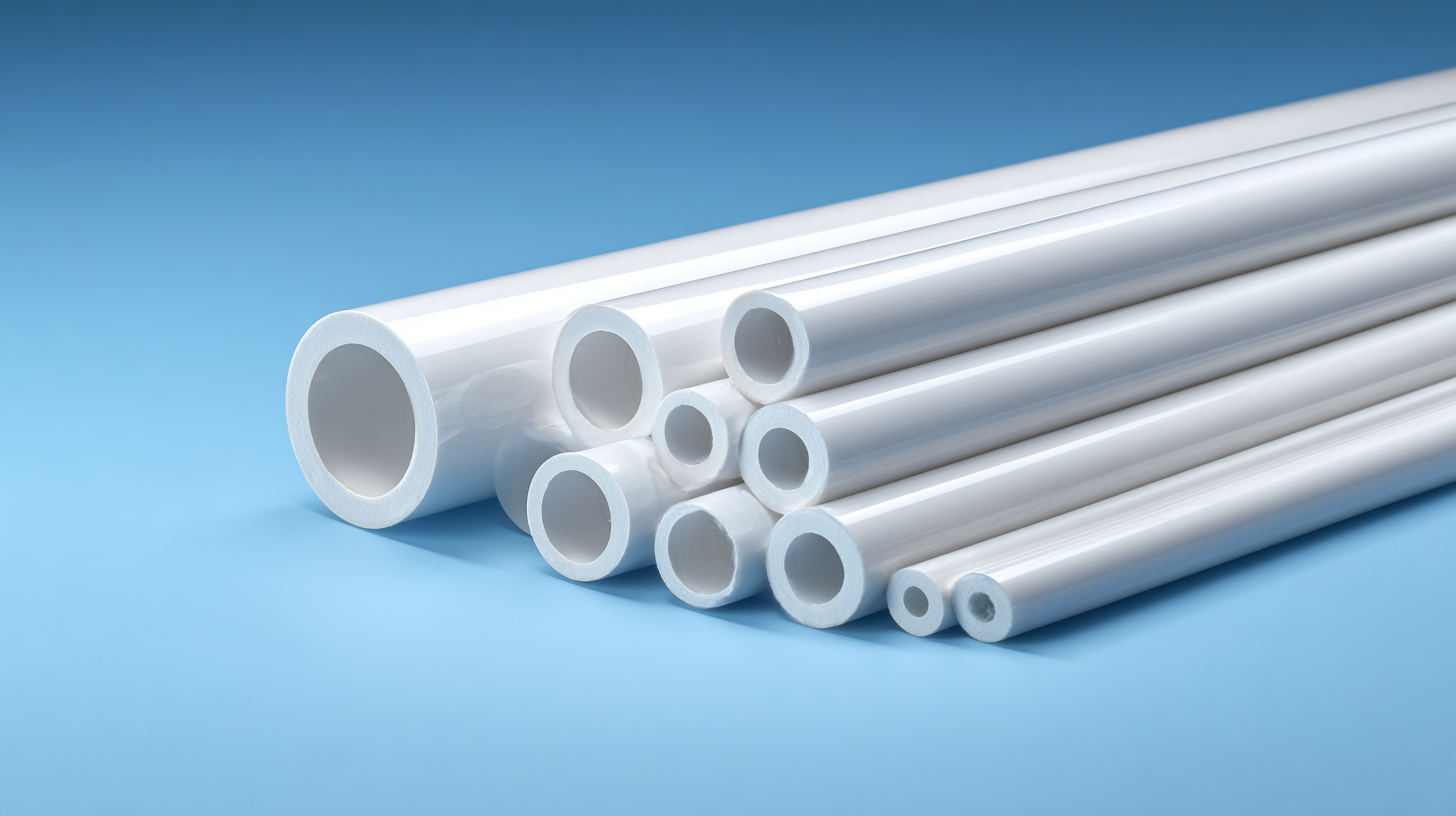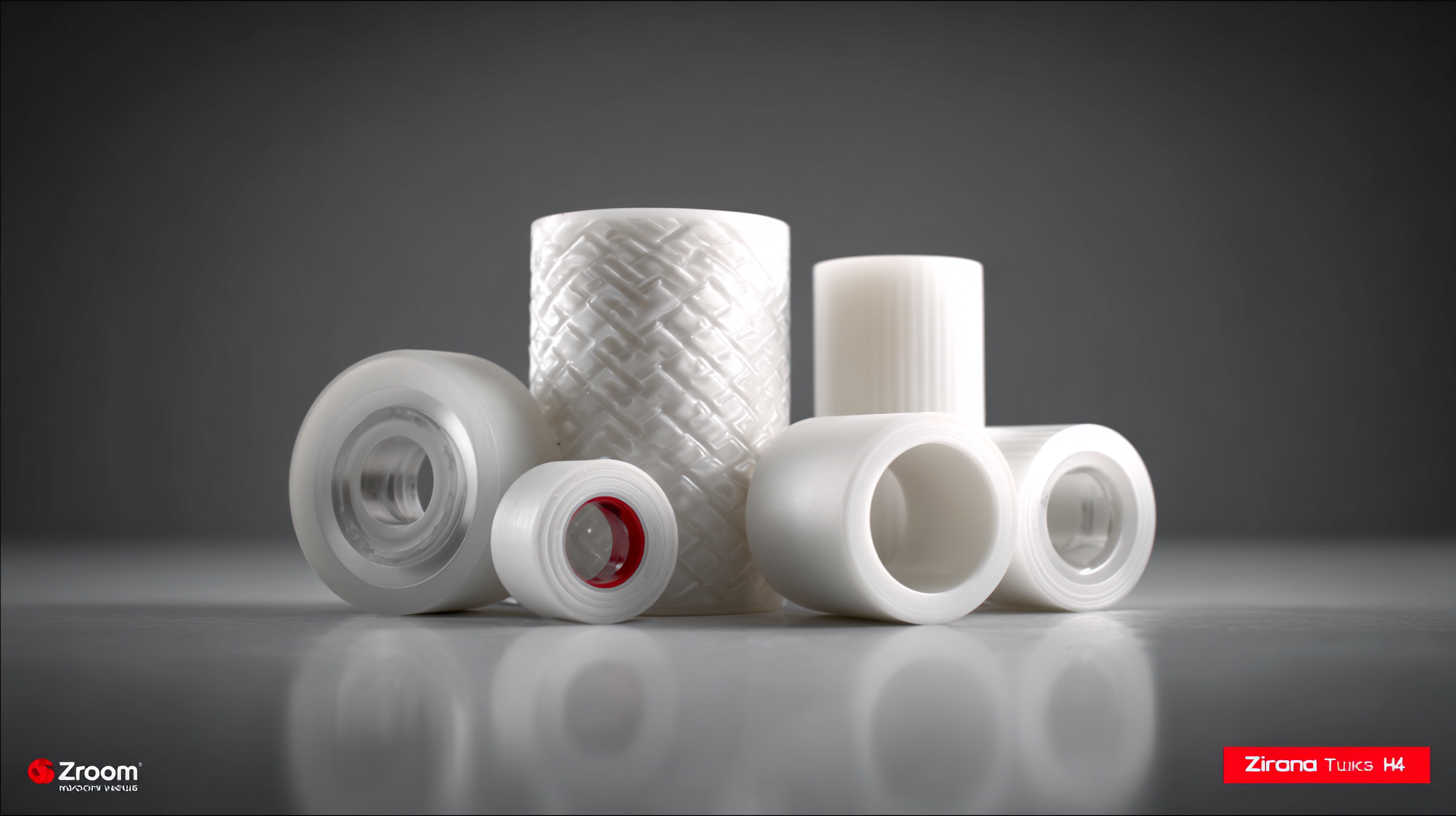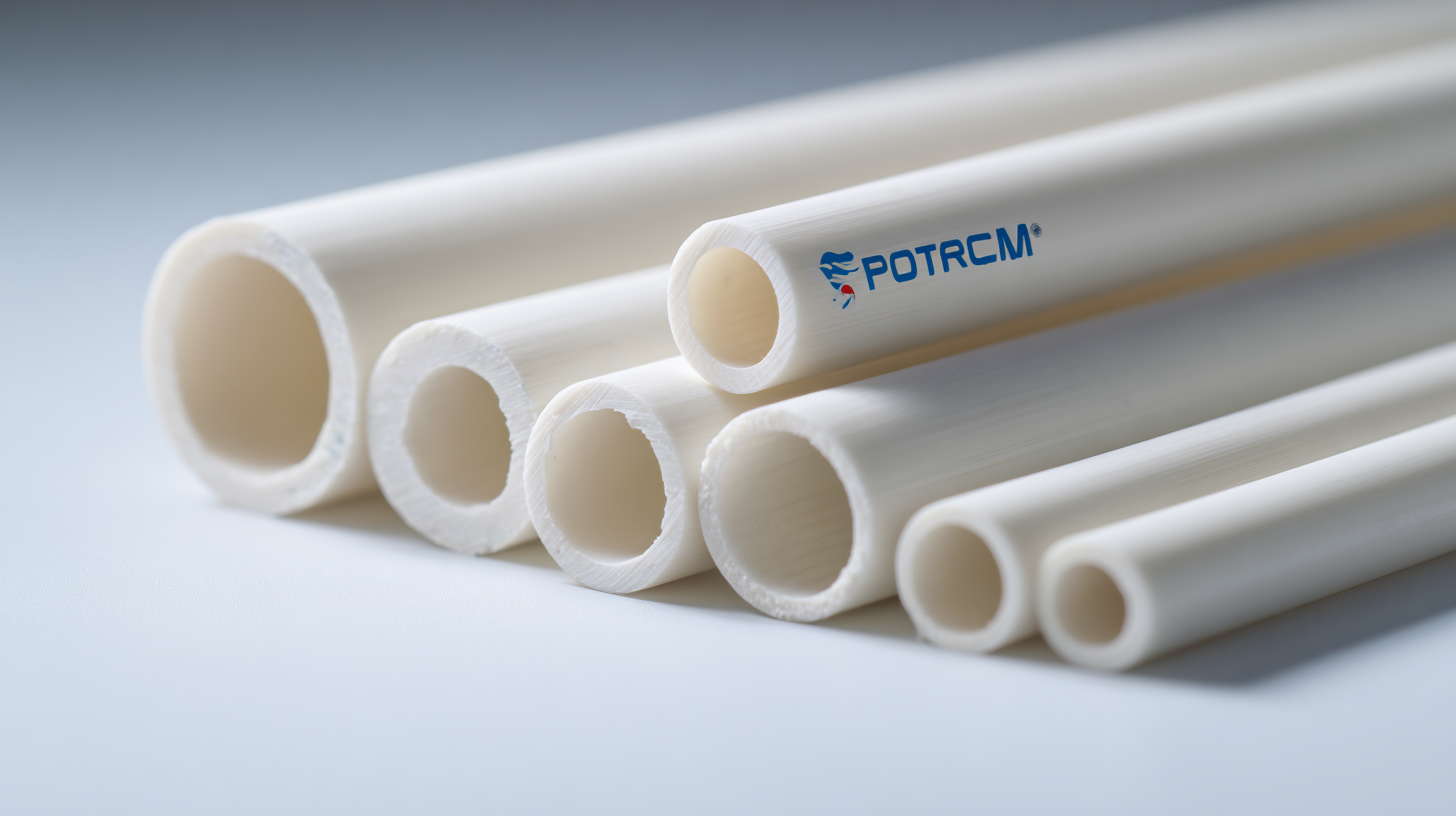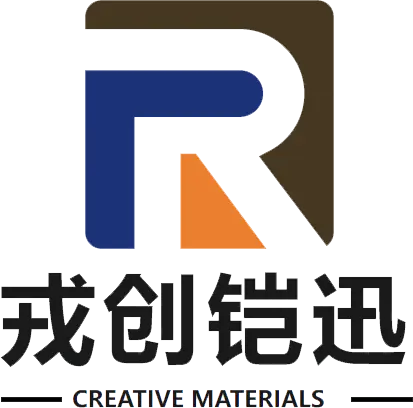In the rapidly evolving landscape of advanced ceramics, zirconia tubes have emerged as a pivotal component in various industries, from healthcare to automotive. According to a recent market analysis report by MarketsandMarkets, the global zirconia market is projected to reach USD 1.35 billion by 2025, with a significant uptick in demand for zirconia tubes due to their superior mechanical properties and biocompatibility.

This growth underscores the necessity for manufacturers to not only produce high-quality zirconia tubes but also to establish exceptional after-sales support and cost efficiency to maximize value. By effectively catering to customer needs through comprehensive service and strategic cost management, companies can enhance their competitive edge in this lucrative market, ensuring that clients receive both performance and value in their zirconia tube investments.
In high-stress applications, the longevity of zirconia tubes is paramount to ensuring operational efficiency and reducing downtime. One key strategy for enhancing durability is the implementation of meticulous maintenance protocols. This involves regular inspection of the tubes to identify any signs of wear or damage, which can be critical in preventing catastrophic failures. Additionally, utilizing proper handling techniques during installation and servicing can significantly increase the lifespan of these components.
Another essential aspect is choosing the correct zirconia tube configurations and quality suited for specific applications. High-performance coatings can also act as a protective layer, minimizing wear from environmental factors and operational stresses. The integration of cutting-edge technology, such as advanced monitoring systems, can further enhance performance by providing real-time data on the tube's condition, allowing preemptive actions to be taken before issues escalate. Investing in exceptional after-sales support ensures that users have access to the necessary resources and expertise to maintain and optimize the use of zirconia tubes in challenging environments.
| Application | Zirconia Tube Diameter (mm) | Max Operating Temperature (°C) | Cost Efficiency (€/unit) | Estimated Lifespan (Hours) | After Sales Support Rating |
|---|---|---|---|---|---|
| High-Pressure Gas Transmission | 10 | 1200 | 50 | 2000 | 4.5/5 |
| Biomedical Applications | 8 | 800 | 70 | 3000 | 4.8/5 |
| Aerospace Components | 12 | 1400 | 100 | 1500 | 4.3/5 |
| Industrial Machinery | 15 | 1000 | 60 | 2500 | 4.6/5 |
Investing in premium zirconia tubes can significantly enhance performance and longevity in various industrial applications, driven by their superior properties. According to a report by Markets and Markets, the global zirconia market is projected to reach USD 1.2 billion by 2025, growing at a CAGR of 6.5%. This growth is largely attributed to the increasing demand for high-performance materials in industries such as dental, electronics, and aerospace. The cost-benefit analysis reveals that while premium zirconia tubes may have a higher upfront cost compared to alternatives, their durability and corrosion resistance translate to lower replacement frequencies, thus reducing long-term operational costs.
Moreover, exceptional after-sales support plays a critical role in maximizing the value derived from these investments. A study by Frost & Sullivan highlights that 70% of consumers are willing to pay a premium for products backed by strong customer service. This indicates that the initial investment in premium zirconia tubes, coupled with reliable technical support, ensures not just immediate performance gains but also ongoing efficiency and satisfaction. The fusion of premium quality and dedicated support can ultimately lead to a robust return on investment, particularly for businesses looking to optimize their resource allocation and operational efficiency.

After-sales support plays a critical role in maximizing the performance and reliability of zirconia tubes. When companies invest in high-quality zirconia tubes, they seek assurance that their investment will yield consistent and dependable results. Effective after-sales support not only includes offering technical assistance but also involves providing clear guidance on maintenance and operational best practices. This level of engagement helps users understand the properties and limitations of zirconia tubes, allowing them to operate within optimal parameters and enhance overall performance.
Moreover, exceptional after-sales support fosters a long-term relationship between the manufacturer and the user. This relationship is essential for gathering feedback that can lead to product improvements and innovations. When support teams are readily available, they can address concerns promptly, which minimizes downtime in production processes. The combination of reliable performance and responsive support ultimately drives cost efficiency, as users can prevent costly disruptions and extend the life of their zirconia tubes. Thus, a manufacturer that prioritizes after-sales support not only enhances user satisfaction but also exemplifies a commitment to quality and efficiency in the competitive landscape.
When selecting zirconia tubes for optimal performance, several key industry metrics play a crucial role. First and foremost, mechanical properties such as tensile strength, hardness, and fracture toughness are vital considerations. High tensile strength ensures that the tubes can withstand significant forces without deformation, while hardness is important for resistance to wear and tear in various applications. Fracture toughness aids in assessing how well the material can absorb energy and resist crack propagation, ensuring durability in high-stress environments.
Another important metric is thermal stability. Zirconia’s ability to maintain structural integrity at high temperatures makes it suitable for applications in industries such as aerospace and medical technology. Additionally, understanding the thermal expansion properties of zirconia helps in preventing issues related to thermal shock, thus maximizing efficiency and longevity. Finally, cost efficiency must not be overlooked; selecting zirconia tubes that offer value without compromising on quality can significantly enhance overall operational productivity. By focusing on these metrics, businesses can make informed decisions, ensuring they choose the best zirconia tubes tailored to their specific needs.
This chart displays key industry metrics influencing the selection of zirconia tubes, focusing on performance, after-sales support, and cost efficiency. The data highlights how these factors correlate with optimal performance in various applications.
In the competitive landscape of manufacturing zirconia tubes, the interplay between quality assurance and cost efficiency is pivotal. Recent studies indicate that companies implementing stringent quality control measures can reduce long-term operational costs by up to 20%. This reduction is largely attributed to decreased defect rates, which not only lower waste but also enhance customer satisfaction and trust in the product. According to a report by the Ceramic Industry Association, the adoption of rigorous quality assurance protocols has led to a marked improvement in the performance and reliability of zirconia tubes, critical components in various applications, including dental restorative procedures and thermal barrier coatings.
Moreover, quality assurance directly influences the overall production efficiency. A recent analysis by Market Research Future revealed that manufacturers focusing on quality management systems, such as ISO 9001 certification, have seen a 15% increase in process efficiency. This improvement is essential in maintaining cost competitiveness while meeting the high standards demanded by end-users. As the market evolves, it is clear that prioritizing quality assurance is not just a regulatory requirement but a strategic approach that significantly enhances cost efficiency in zirconia tube solutions, ultimately maximizing value for both manufacturers and consumers.

